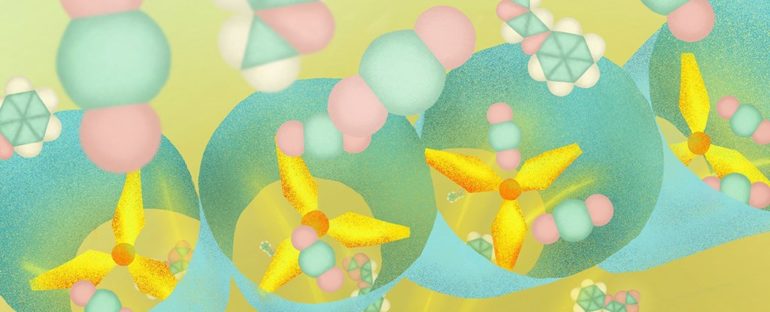Scientists have come up with an innovative way to try and counter the massive amounts of carbon dioxide we’re still pumping into the air, even as a climate crisis unfolds around us: turning that CO2 into a useful organic polymer.
Scientists have come up with an innovative way to try and counter the massive amounts of carbon dioxide we’re still pumping into the air, even as a climate crisis unfolds around us: turning that CO2 into a useful organic polymer.
The newly developed method sucks CO2 molecules out of the air, without expending much energy in the process. The material can then potentially be turned into an ingredient for packaging or clothing.
The secret weapon is a porous coordination polymer (PCP) made up of zinc metal ions.
Those ions are able to selectively capture CO2 molecules with 10 times greater efficiency than other PCPs, the scientists say. What’s more, the material is reusable, and was still running at maximum efficiency after 10 reaction cycles.
"We have successfully designed a porous material which has a high affinity towards CO2 molecules and can quickly and effectively convert it into useful organic materials," says materials chemist Ken-ichi Otake, from Kyoto University in Japan.
The idea of carbon sequestration has been around for some time, but the low reactivity of carbon dioxide means it’s difficult to capture and lock away without using a lot of energy along the way – which kind of defeats the point.
PCPs (also known as metal-organic frameworks or MOFs) might hold the key to overcoming this obstacle. The one outlined in this new study uses a clever trick: an organic component with a propeller-like structure.
Using X-ray structural…



